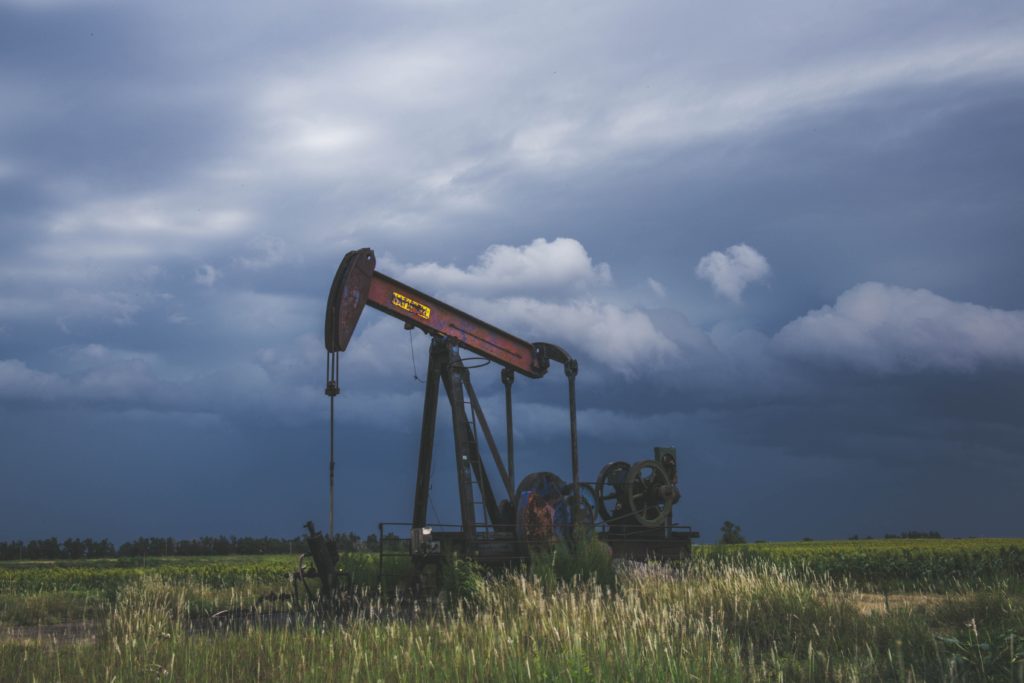Recently, U.S. oil and natural gas usage, price, and trading trends have been a hot topic. However, what is not talked about as frequently are all of the abandoned oil and natural gas wells throughout the country. In order to extract oil and natural gas from the Earth, wells have to be dug into the ground and can range from a few hundred to several thousand feet in depth. Keeping one of these wells running harms wildlife, generates endless amounts of pollution and emissions, and can lead to dangerous spills. But once the drilling is done, the danger doesn’t stop there.
There are 3 million abandoned oil and natural gas wells scattered throughout the United States. These orphaned wells can emit large quantities of oil or even leak natural gasses such as methane, a potent greenhouse gas, into the atmosphere. With no one monitoring them, this can become a huge problem very quickly. Luckily, there is a solution that will prevent such disastrous side effects and actively work towards renewable energy.
Earlier this year, the Department of Energy (DOE) announced awards for 8.4 million USD to various projects that will work towards converting these abandoned oil and natural gas wells into infrastructure for geothermal energy. Geothermal energy works by extracting heat from the Earth’s core. This heat can then be processed through a heat pump to heat homes during winter months or cool them during summer months. Setting up the infrastructure for geothermal energy requires extensive drilling to get deep enough into the planet’s crust to extract the heat. So by using the orphaned oil and gas wells, not only are we preventing oil spills and gas leaks, but we are also creating renewable energy.
This new program from the DOE, ReAmplify, aims to award grants to encourage reusing the oil and gas wells for geothermal energy. So far, they’ve awarded grants to four different projects, two in Texas, one in Oklahoma, and one in Colorado. As of now, 26 states have indicated an interest in receiving grants for various geothermal projects. The current challenge is whether or not people’s homes are outfitted for heat pumps. With some of Biden’s green infrastructure initiatives, federal support will be extremely beneficial in creating this infrastructure. In the meantime, three of the projects receiving funding are focusing on how to convert the heat captured into electricity to make it more widely usable.
As of 2021, more than half of U.S. electricity was generated from fossil fuels. However, renewable energy has been on the rise. In the same year, wind power generated almost 10 percent of U.S. electricity and produced 46 percent of all renewable energy. In 2021 Geothermal Energy accounted for only 0.4 percent of all electricity, so there is a lot of room for growth. There are benefits and disadvantages to each type of renewable energy source. Nothing is perfect; wind power is often an endangerment to birds and requires a lot of land. Geothermal energy, on the other hand, if not managed or set up correctly, can pose risks of seismic activities. However, when we compare the effects of fossil fuels on our planet, I believe investing in creating more infrastructure for various types of renewables that will increase accessibility is worth it. Do you think geothermal energy will help us shift into a more renewable future?
____
Photo by Jeff W on Unsplash





